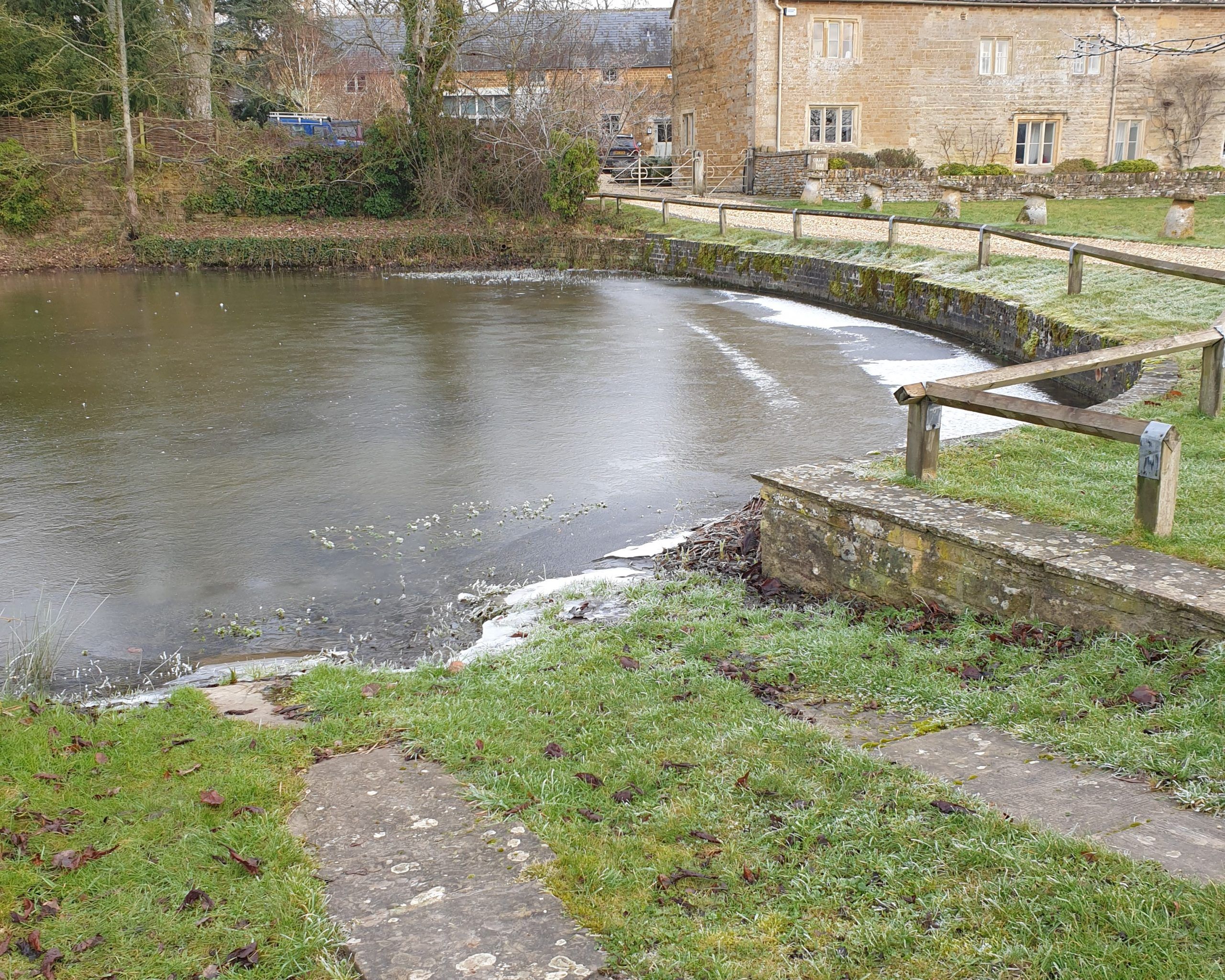
Pond life
Despite last autumn’s constant rain, this is a water-deprived area. Here in the high Oxfordshire Cotswolds, we are as far from the sea as it is possible to be in the UK and there are no significant lakes or rivers.
Even ponds are scarce, but they used to be much more common. Walking through the picturesque settlement of Wyck Rissington last Sunday, I noticed two lines of stones leading from the road straight into the village pond. Why would anyone make a track into water?
Less than a hundred years ago this is where thirsty carthorses would be brought to cool off and drink. Standing up to their bellies in water, still in harness, their hay or straw carts could remain safely on the hardstanding. During the autumn ploughing season, the pond water would help clean the mud off their ‘feathers’ – the long hair around their great hooves.
standing up to their bellies water, still in harness
The Freshwater Habitats Trust estimates that around 800,000 village and farm ponds were filled in after the second world war as agriculture intensified. Its ‘Million Pond’ project aims to reverse this, and help revive declining aquatic plants such as floating leaved pondweed, and insect populations including dragonflies, damselflies and daphnia (water fleas).
Over in Norfolk, farmers are joining a ‘ghost pond’ movement to recover the 8,000 lost watering places in that county, while University College London researchers are studying dormant seeds found in the sediment. Ponds support more biodiversity than any other freshwater habitat and this can be recovered within a couple of years. Meanwhile, all the British breeds of heavy horses – the Shires, the Suffolks and the Clydesdales – are now on the endangered list.
© Laura Parker